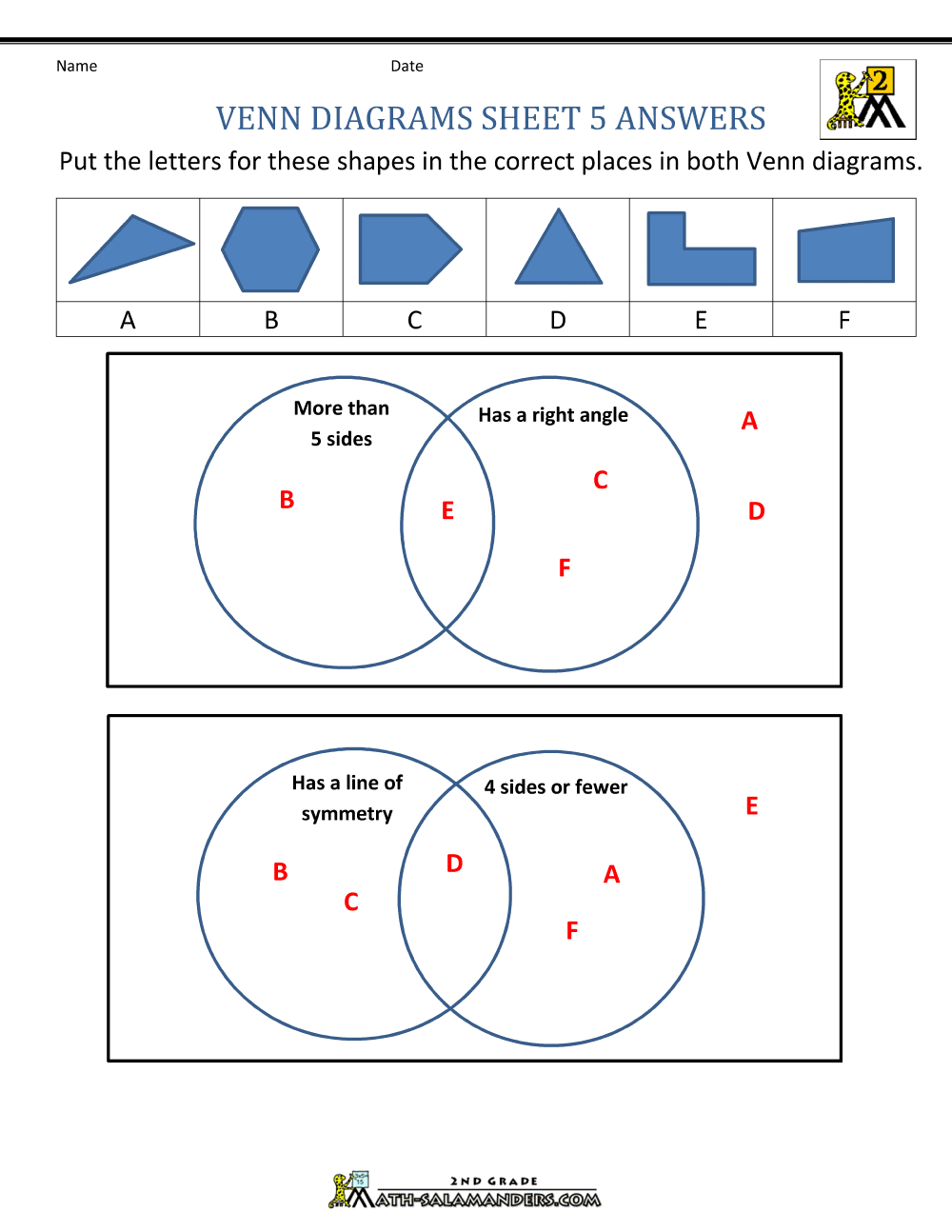

The blue circle represents creatures that can fly. The orange circle represents all types of creatures that have two legs. This example involves two sets of creatures, represented here as colored circles. Sets of creatures with two legs, and creatures that fly They are used to teach elementary set theory, as well as illustrate simple set relationships in probability, logic, statistics, linguistics, and computer science.Ī Venn diagram in which the area of each shape is proportional to the number of elements it contains is called an area-proportional (or scaled) Venn diagram. Venn diagrams were conceived around 1880 by John Venn. They are thus a special case of Euler diagrams, which do not necessarily show all relations. In Venn diagrams, the curves are overlapped in every possible way, showing all possible relations between the sets. This lends itself to intuitive visualizations for example, the set of all elements that are members of both sets S and T, denoted S ∩ T and read "the intersection of S and T", is represented visually by the area of overlap of the regions S and T. The points inside a curve labelled S represent elements of the set S, while points outside the boundary represent elements not in the set S. A Venn diagram consists of multiple overlapping closed curves, usually circles, each representing a set.

These diagrams depict elements as points in the plane, and sets as regions inside closed curves. It is a diagram that shows all possible logical relations between a finite collection of different sets. The idea was popularised by Venn in Symbolic Logic, Chapter V "Diagrammatic Representation", published in 1881.Ī Venn diagram may also be called a set diagram or logic diagram. Similar ideas had been proposed before Venn such as by Christian Weise in 1712 ( Nucleus Logicoe Wiesianoe) and Leonhard Euler ( Letters to a German Princess) in 1768. Very often, these curves are circles or ellipses. A Venn diagram uses simple closed curves drawn on a plane to represent sets. The diagrams are used to teach elementary set theory, and to illustrate simple set relationships in probability, logic, statistics, linguistics and computer science. A Venn diagram is a widely used diagram style that shows the logical relation between sets, popularized by John Venn (1834–1923) in the 1880s.


 0 kommentar(er)
0 kommentar(er)
